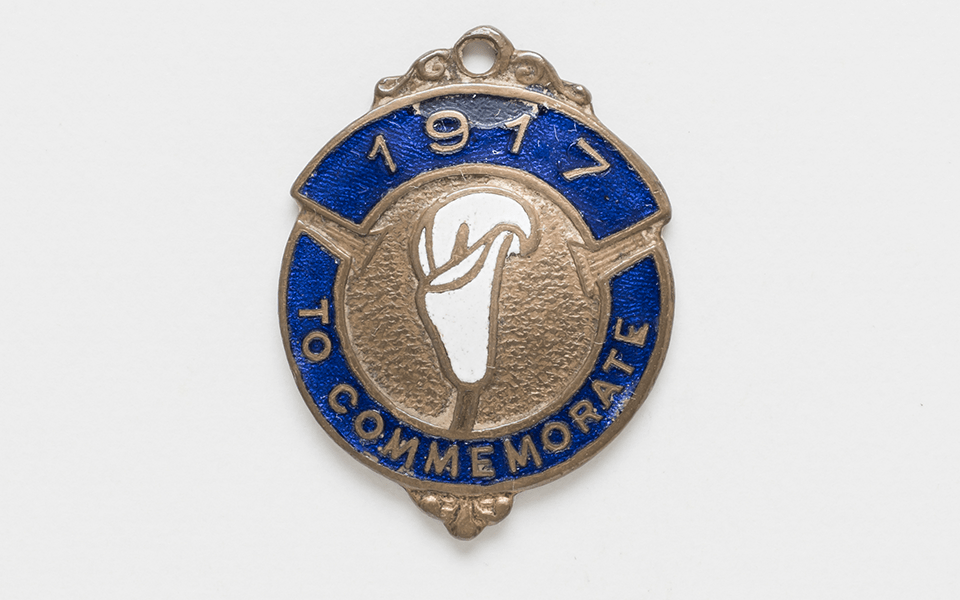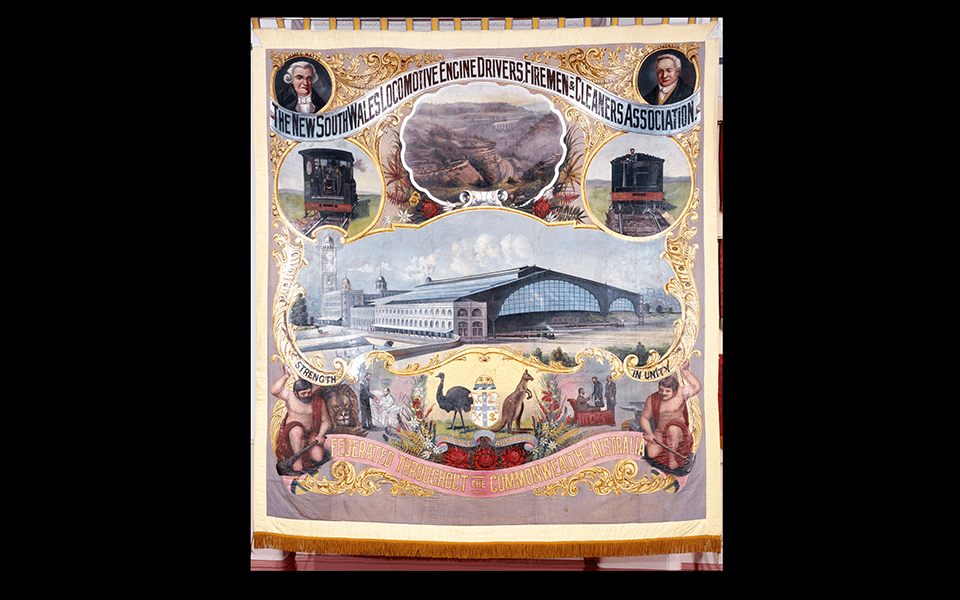Strikers
“… as a young worker, people would point out to you people who had scabbed during 1917, were still ostracised....there were a lot of grievances of 1917 were still being carried on the early 50s.” Brian Dunnett, former Eveleigh worker

The Great Strike of 1917 cemented a social and political division between “Strikers” (or “Lily Whites”) and “Loyalists”, an invisible divide that would remain evident at Eveleigh for years to come, the effects even felt by the next generation of workers whose fathers or grandfathers had been involved.
“A ‘lily white’ was a man who went out on strike and didn’t come back until years later, when the railway re-employed him.” Keith Johnson, former Eveleigh worker
Some prominent Eveleigh strikers went on to become notable politician, such as Ben Chifley (Australian Prime Minister 1945-1949), Joe Cahill (NSW Labor Premier 1952), and Eddie Ward (federal MP for East Sydney, 1932-1960).
“The families of the strikers became closer to each other and the families of those who didn’t go on strike correspondingly became closer too. One had a feeling of being in the fight. The others had, to some degree, feelings of guilt. Not that there were too many who belonged to families whose men did not take part in the strike.” Stan Jones, former Eveleigh worker

Sydney became the stage during the Great Strike for large-scale public demonstrations, weekly mass gatherings and protests in The Domain, and processions through the city centre. Eveleigh’s women—mothers, wives, sisters and daughters of striking workers—joined the fight, picketing, marching and gathering at Parliament House, urging for the reinstatement of striking workers.
After the Strike ended on 8 September 1917, three thousand Eveleigh “lily whites” had their employment records marked as “Dismissed by Proclamation—Not to be re-employed”. While many strikers were eventually re-employed years later, the lily white pin became a mark of solidarity and pride worn by strikers in the workshops to identify themselves.
“One of the most prominent things I can recall was seeing the odd chappie wearing a little lily, I think a silver miniature lily, in his lapel. They were considered to be 'lily whites', they remained true to the union, ... the union movement, all through. They were probably the first to go out and the last to come back.” Jack Bruce, former Eveleigh worker
References
1917 'WOMEN'S MARCH', The Sun (Sydney, NSW : 1910 - 1954), 9 August, p. 5. (FINAL EXTRA), viewed 21 May 2021, http://nla.gov.au/nla.news-article221394551
